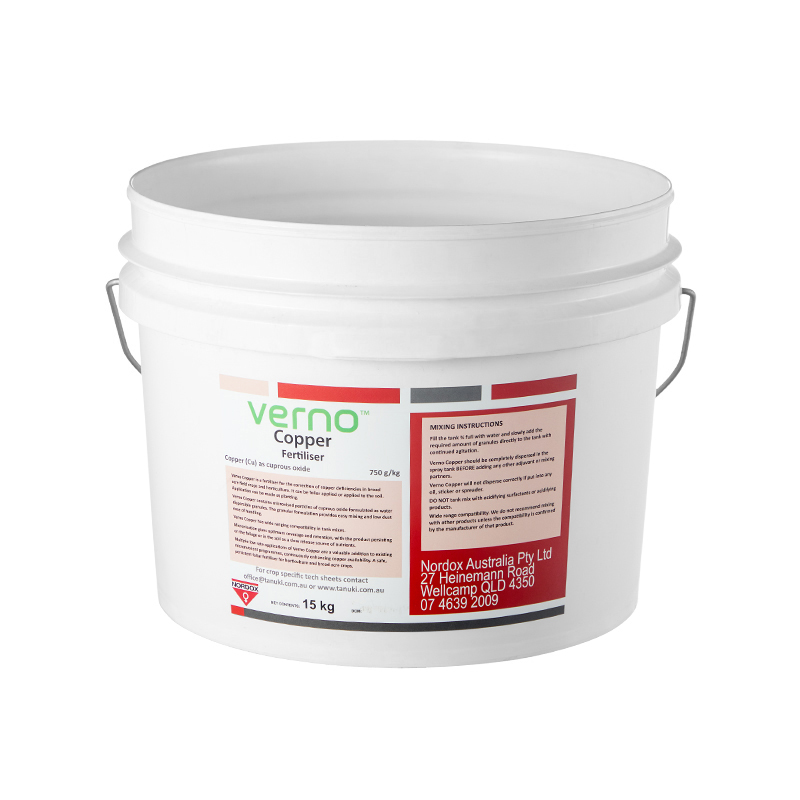The Plastic Thin Space Cup Mould represents an innovation in the manufacturing o...
-

+86-15068654601
-

No.62 Zhao Feng Road, Huangyan, Taizhou, Zhejiang, China

+86-15068654601

No.62 Zhao Feng Road, Huangyan, Taizhou, Zhejiang, China
The design of a pail bucket mold is a detailed process that demands attention to both technical function and long-term production efficiency. Whether the pail is used for paint, construction materials, agricultural chemicals, or household goods, its quality relies heavily on the mold used in the injection process. The manufacturer of the Pail Bucket Mold plays a central role in this outcome. Their expertise in mold construction, material flow, and cooling system design directly affects the durability, appearance, and usability of the final product. But what exactly should be considered when designing a mold for a pail bucket?

One of the primary considerations is the structural integrity of the bucket. The manufacturer of the Pail Bucket Mold must design the mold to produce a pail that can withstand the pressure of stacking, transportation, and handling. Wall thickness must be balanced across the pail to ensure that it is strong yet not too heavy. Uneven distribution of material can weak points or excess use of plastic, which results in higher material costs. A well-designed mold ensures that strength is optimized without waste.
Material flow is another crucial factor. During injection, molten plastic must fill the cavity smoothly and evenly. The manufacturer of the Pail Bucket Mold carefully designs gate locations, runner systems, and air venting paths to prevent short shots, weld lines, and internal stress. These defects can compromise the product's appearance and reduce its lifespan. Consistent flow also ensures that every part produced from the mold meets the required specifications without variation.
Cooling system design is equally important. The manufacturer of the Pail Bucket Mold must integrate efficient cooling channels into the mold base. Proper cooling ensures that the plastic sets evenly and quickly, reducing cycle times and improving output rates. Poor cooling design can warping, shrinkage, and longer production cycles, all of which negatively impact profitability. In high-volume production, a few seconds saved in cooling time can translate to significant annual cost savings.
The ease of part ejection is another point of focus. Once the bucket is formed and cooled, it must be released from the mold without causing deformation or damage. The manufacturer of the Pail Bucket Mold designs ejection systems that include ejector pins, air assist, or hydraulic mechanisms depending on the pail size and complexity. Smooth ejection not only protects the finished part but also maintains the integrity of the mold cavity over time.
Surface finish is another area that cannot be overlooked. Many pail buckets require branding, texture, or a smooth appearance suitable for labels or direct printing. The manufacturer of the Pail Bucket Mold prepares cavity surfaces to match the desired finish of the bucket. This may involve high-precision polishing, texturing, or the addition of logos into the mold steel. These details must be durable enough to withstand repeated cycles without wearing out or changing the part quality.
In the case of pails with handles, additional considerations come into play. The manufacturer of the Pail Bucket Mold must design molds that allow for handle grooves or attachment points. These features must be placed with precision to ensure the handle fits securely without weakening the structure of the bucket. For integrated plastic handles, multi-part molds or inserts may be required, increasing the mold's complexity.
Mold versatility is also a growing requirement. Customers often seek to produce different sizes or versions of pails using a single mold base. The manufacturer of the Pail Bucket Mold may offer interchangeable core and cavity components to allow this flexibility. This approach helps reduce upfront tooling costs while still meeting a range of product demands.